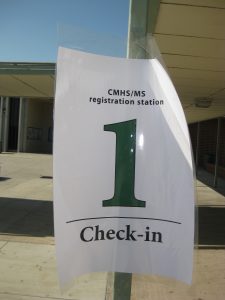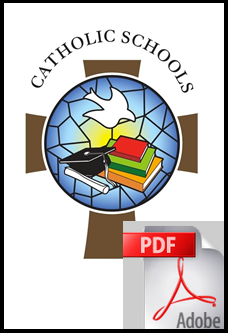Fundraising For Schools Increases the Socioeconomic Gap
We all know that there is a growing disparity over fundraising for schools. Some have a parent population that can commit an abundance of time and money to make fundraising for schools an easy task, while others within the same district are barely able to conger up enough parents to conduct a PTA meeting, let alone volunteer to give money or be in charge of fundraising for schools.
It is not uncommon for a gap between the have and have-not’s to exist within a school district. Public schools are meant to provide all children equal access to quality education; however, there are great disparities throughout the public education system. Private donations made to schools in more affluent communities makes this disparity an even greater gap.
The question then becomes, how does a district provide a level playing field for all schools within their district? One suggestion is to pool funds and redistribute to schools according to need. Some schools have successfully transitioned to such a shared system, however, parents with the means to step up and help offset budget cuts have threatened to stop donations because of centralized funding systems.
The reality is that parents at the “not so well-to-do??? schools are just as passionate about education as those wealthier ones; they care just as deeply about their children. But making large donations to a school for families at the lower end of the socioeconomic spectrum just isn’t an option.
So what is the right approach? Do parents have the right to pay for goods and services at one school when they are not available at other schools within a district? If districts attempted to move towards a “share the wealth??? system, would it create backlash for the districts, reducing the amount of donations they receive?
In most districts, fundraising for schools is done on an individual basis, and the differences can be huge. If parents at top fundraising schools were told that some of their donations would be redirected to other schools, parents may be discouraged to give and/or work hard to raise funds, which seems unfair to the schools that have the potential to raise large amounts of money to fund foundations and support programs that would otherwise not be available.
So what’s the solution? The truth is that there are no bad guys here – not the parents who can afford to sponsor programs and services so that their children receive a better education; and not the families at schools in lower socioeconomic communities who are desperate for more help so that their children can also receive a quality education.
There is no clear-cut across the board remedy that will satisfy all, but the uncomfortable truth is that until some steps are made to help close the disproportionate fundraising for schools, the gap between the public school have and have not’s will only increase.
What do you think is a happy medium for bridging the socioeconomic gap? Has your school / district developed a policy that has proven successful?

 6. Provide good signage — Have adequate signage so parents know exactly where to go when they arrive. Have signs outside with a copy of the registration form pasted to it with instructions of where to go if they do not have the completed registration form.
6. Provide good signage — Have adequate signage so parents know exactly where to go when they arrive. Have signs outside with a copy of the registration form pasted to it with instructions of where to go if they do not have the completed registration form.

